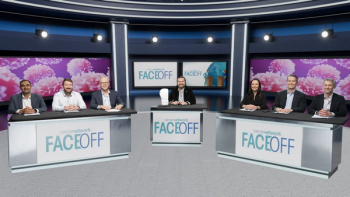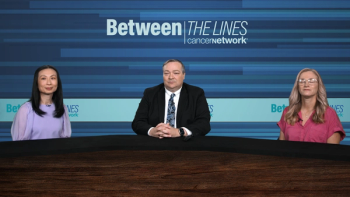
Opinion|Videos|January 21, 2025
Transplant-Ineligible NDMM: Updates from CEPHEUS and IMROZ at ASH 2024
Panelists discuss recent data updates on transplant-ineligible and deferred newly diagnosed multiple myeloma (NDMM), including findings from the CEPHEUS and IMROZ studies, and explore the clinical significance of minimal residual disease negativity as a prognostic and actionable factor in treatment decision-making for NDMM.
Advertisement
Video content above is prompted by the following:
- Please comment on recent data updates for transplant-ineligible/deferred newly diagnosed multiple myeloma (NDMM):
- CEPHEUS study, SubQ Dara-VRd vs VRd in transplant-ineligible NDMM
- IMROZ study, Isa-VRd vs VRd in TIE/deferred NDMM
- What is the clinical significance of minimal residual disease (MRD) negativity as a clinical outcome? How do you interpret and integrate MRD negativity into your clinical decision-making? Beyond its prognostic value, what actionable insights does MRD provide in guiding treatment strategies and patient management?
- Please highlight key insights from MRD analyses in NDMM presented at ASH 2024.
Newsletter
Stay up to date on recent advances in the multidisciplinary approach to cancer.
Advertisement
Advertisement
Advertisement
Trending on CancerNetwork
1
SABCS 2025: The Top 5 Takeaways for Breast Cancer Research
2
Novel Anti-BCMA Agent Shows Preliminary Responses in R/R Multiple Myeloma
3
Imlunestrant Combo Will Not Be Pursued for FDA Approval in Breast Cancer
4
RAD51 Test May Improve Patient Selection of Olaparib in BRCA1/2 or PALB2 HER2– Breast Cancer
5






















































































